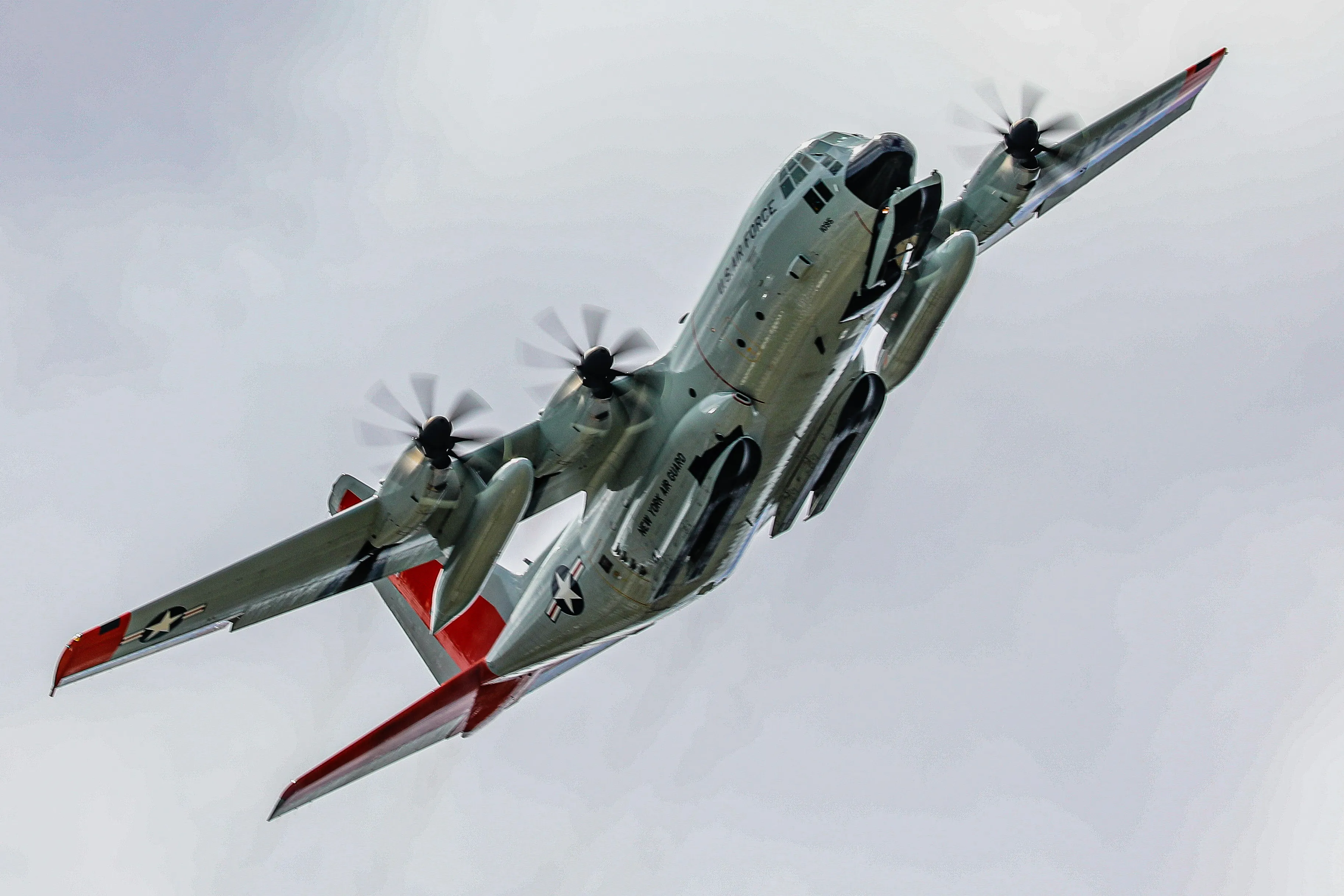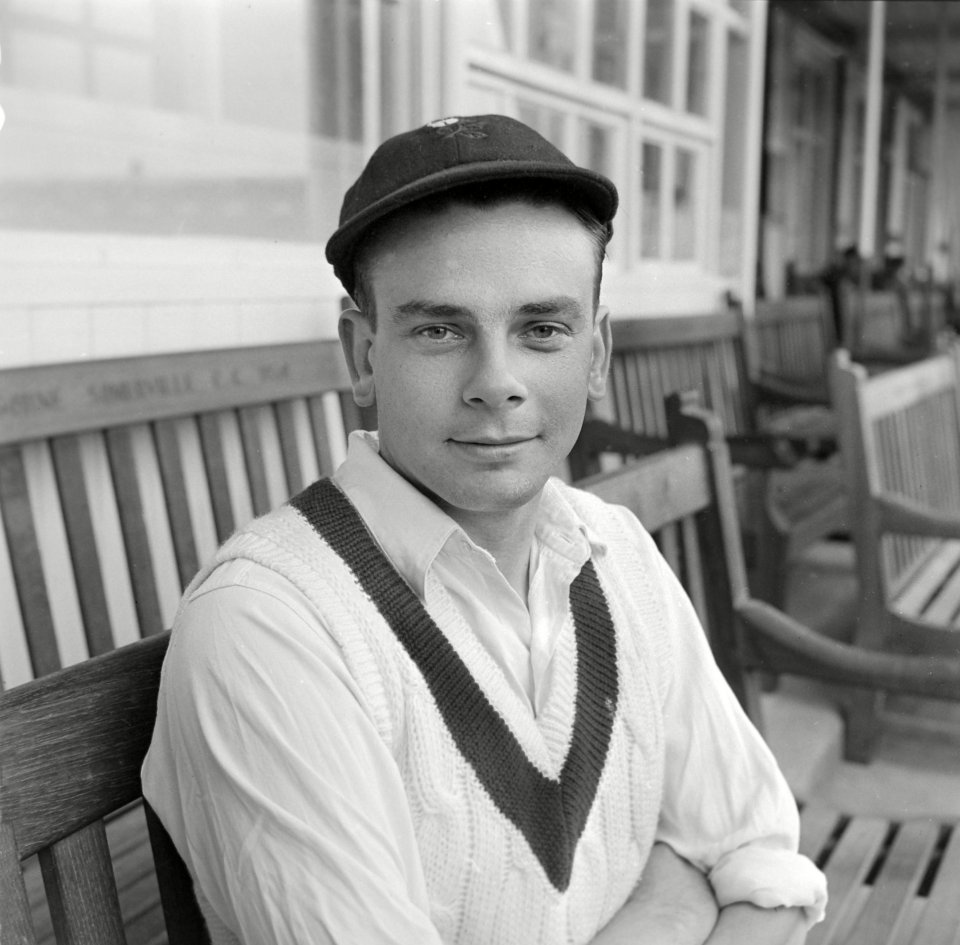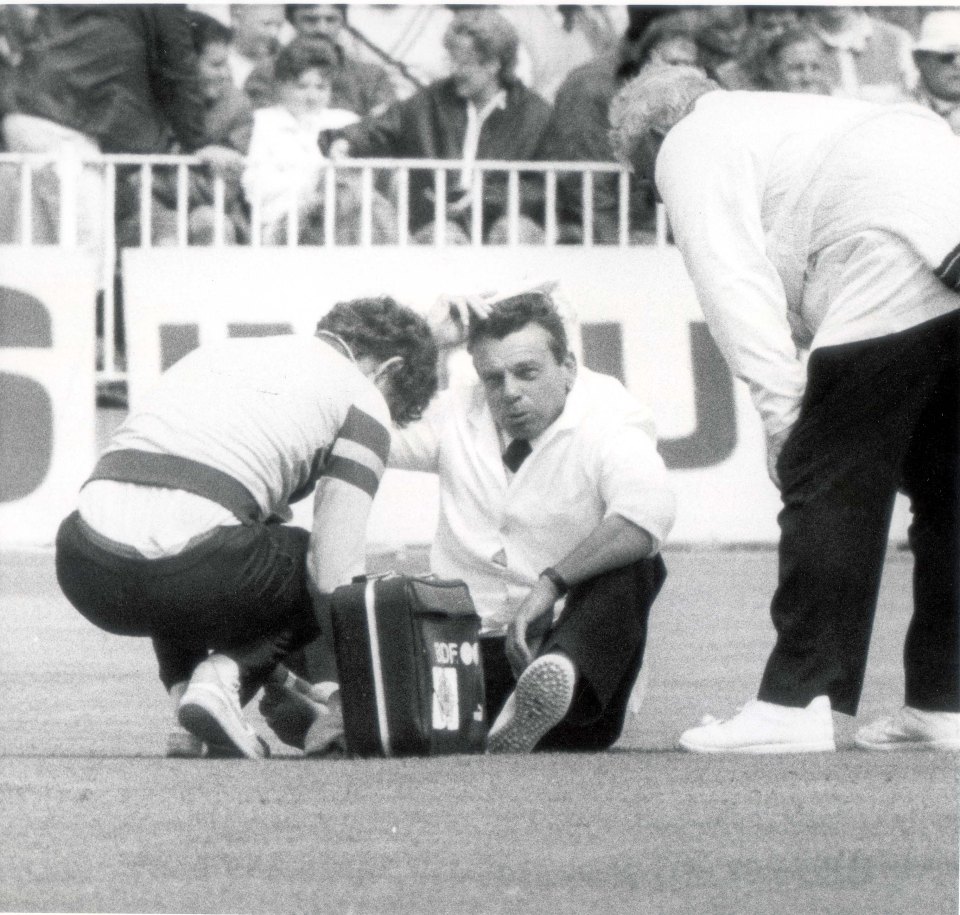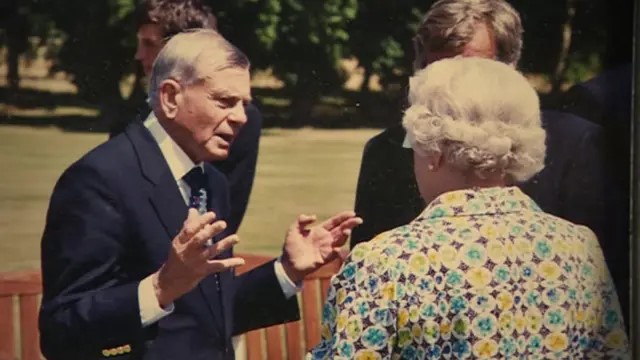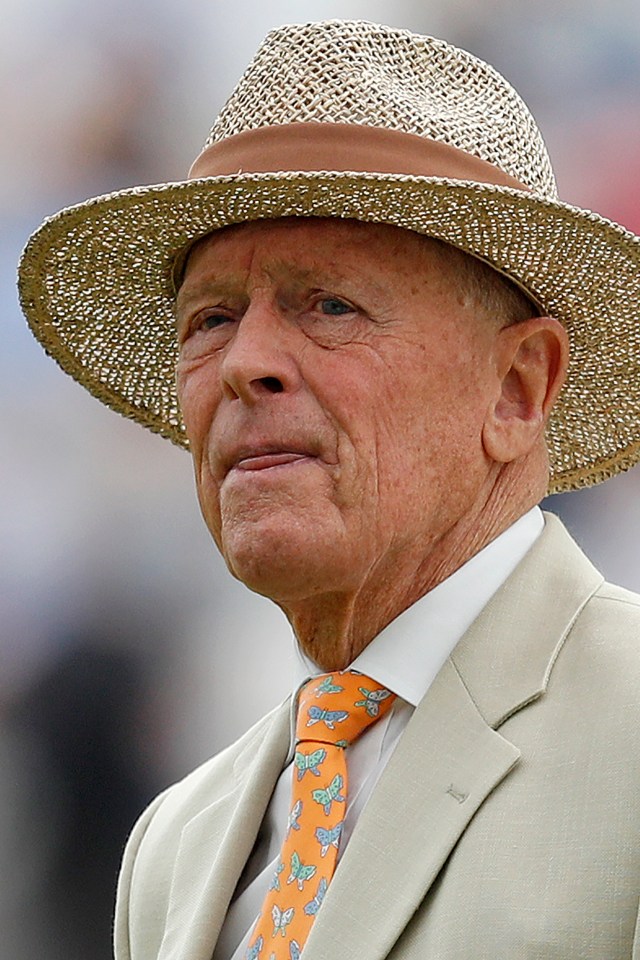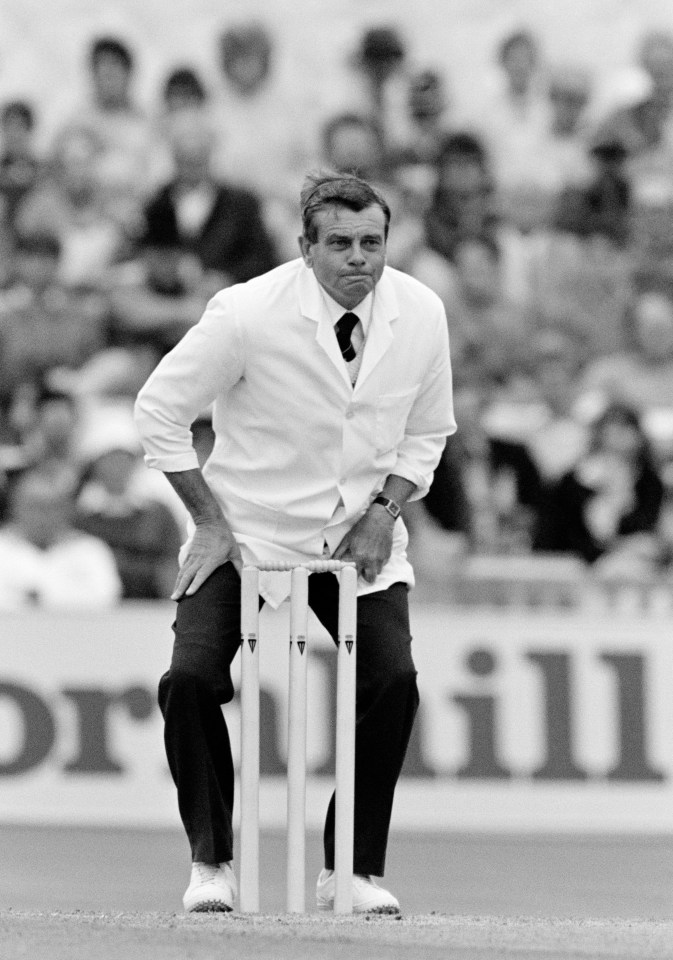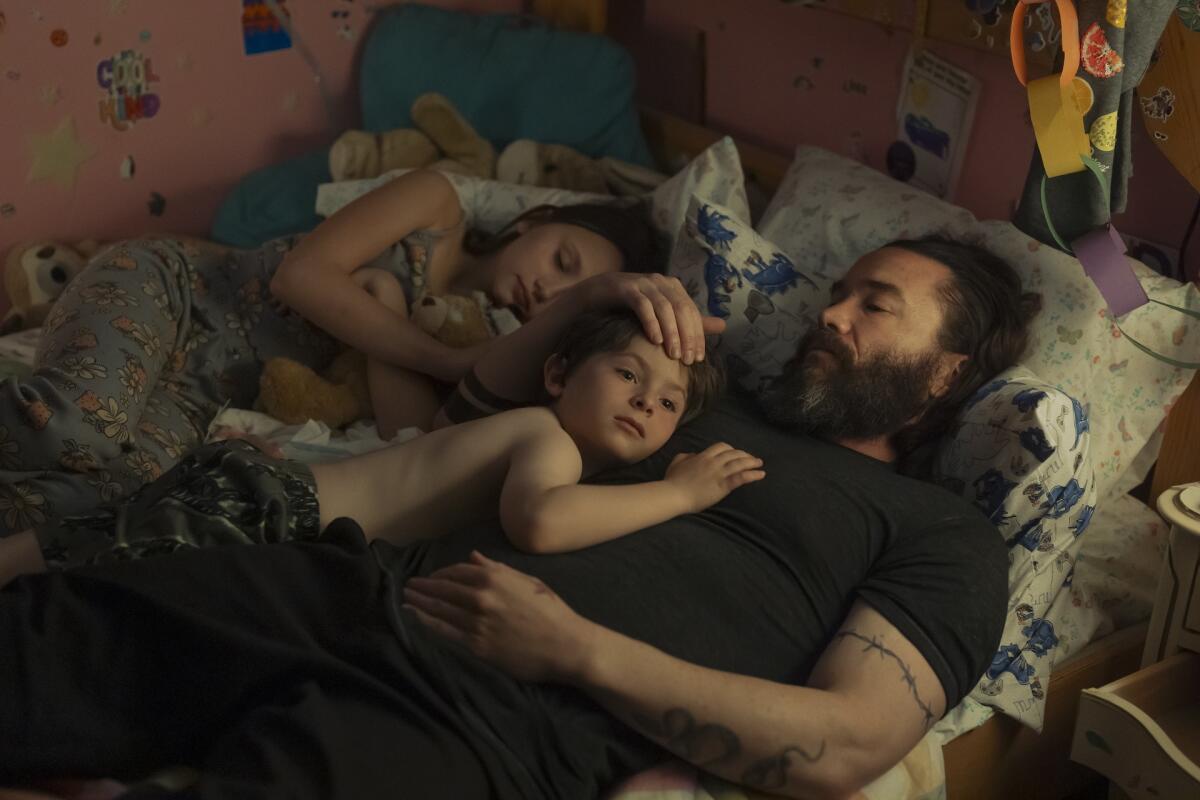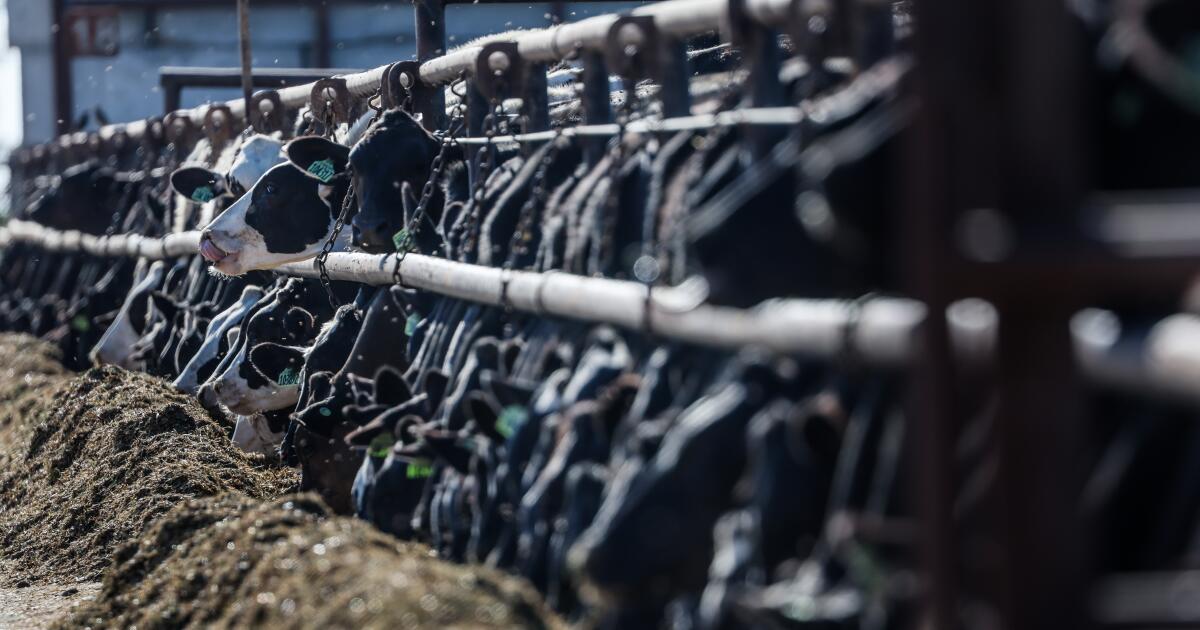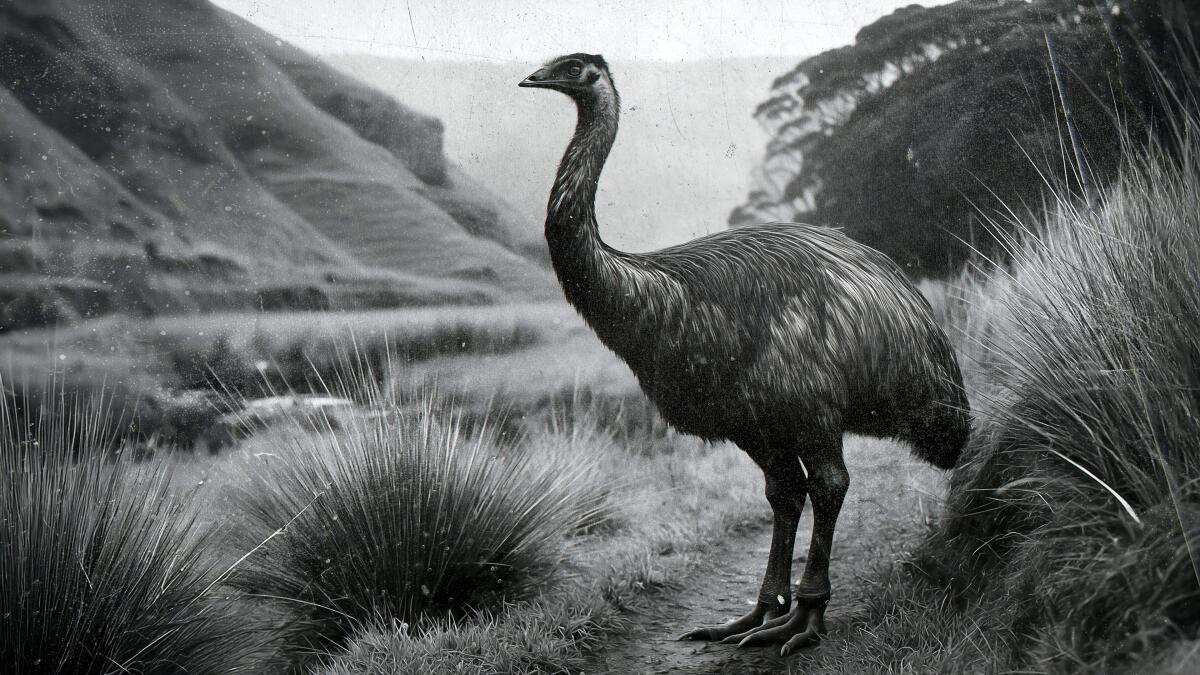Funds Shifted To Develop New LC-130J “Ski Bird” Polar Airlifters
The U.S. Air Force is a step closer to finally getting a replacement for its aging, unique LC-130H “Ski Bird” polar airlift aircraft. Between them, the Air Force and Pentagon have adjusted the budget to move forward on the recapitalization plan, which is seen as increasingly urgent, with the Arctic region, in particular, becoming an area of growing strategic importance.
The new disclosure comes from a Pentagon budget reprogramming document dated September 17, 2025. By law, the U.S. military has to seek approval from Congress to reallocate funding from one part of its budget to another.

The document states that funds of $29 million are to be realigned within the Research, Development, Test, and Evaluation, Air Force, 25/26, appropriation.
“This reprogramming action transfers funds within an appropriation for proper execution,” the document states. “The reclassification is required to execute funds properly in accordance with congressional intent. These actions are determined to be necessary in the national interest.”

The sum involved in the reprogramming action may seem small, but it is no less significant because of that. Essentially, this document is about moving money to fund work to develop the modifications (known as non-recurring engineering, or NDE) that will be needed to create the new LC-130J — a ski-equipped version of the much more modern C-130J airframe, in a new configuration that is still to be developed.
Administratively speaking, the reprogramming action has shifted money from a larger C-130 bucket into one focused on specialized variants of the Hercules, including HC-130Js, MC-130Js, and now LC-130Js.
Today, the ski-equipped LC-130H serves exclusively with the New York Air National Guard’s 109th Airlift Wing, home-stationed at Stratton Air National Guard Base. These aircraft are primarily used to resupply Arctic and Antarctic research stations and radar sites in the high Arctic, landing directly on ice and snowpack runways. The Air Force has flown these demanding missions since 1956 and began using earlier versions of the Hercules for the task in 1959.

The fleet of 10 LC-130Hs includes three that were converted from ex-Navy LC-130Rs; the most recent are three new-build aircraft that were completed in 1995–96. Since then, the aircraft have been upgraded with eight-bladed NP-2000 propellers, as well as digital cockpit displays, new flight managemenmc-1t systems, multifunction radar, and other improvements. The aircraft have also been reworked alongside other Air Force C-130Hs under the Avionics Modernization Program (AMP).
However, the LC-130Hs — some of which were built in the 1970s — are clearly showing their age, with only five out of the 10-strong fleet being mission-capable at any given time. Overall, the aircraft suffers from reliability issues and high maintenance costs. The problem is only getting worse, with all of the aircraft having parts that require total replacement, something that is now almost impossible since those components are no longer in production.
Congress has, for some time now, been pushing for a successor based on the C-130J.

Back in 2017, Inside Defense reported that the New York ANG was in talks with Lockheed Martin about a potential LC-130J to outright replace its older aircraft.
But it wasn’t until June of last year that the bipartisan Senate version of the National Defense Authorization Act (NDAA) allocated $290 million for the replacement of the two LC-130Hs with two new LC-130Js.
Chuck Schumer, who was then the Senate Majority Leader and who has been a prominent supporter of the LC-130H recapitalization, said: “We need the House to follow suit as we continue the fight to deliver this funding in end-of-year appropriations. There is no time to waste in delivering new ski-birds for the 109th, and I will continue to fight tooth and nail to secure this funding in the final bill.”

Schumer described the 109th Airlift Wing fleet as “critical to supporting the National Science Foundation’s polar research mission and maintaining U.S. presence and leadership in the Arctic and Antarctic.”
Schumer continued: “After more than three decades of year-round service in some of the harshest environments, these planes have been falling into disrepair and are in constant need of maintenance, threatening aircrew safety and their ability to execute their mission. That’s why for years I have been pushing the Air Force to recapitalize this essential fleet so new planes can land in the Capital Region.”
Meanwhile, Maj. Gen. Ray Shields, Adjutant General of the New York National Guard, said, “Obtaining two new LC-130J ‘Ski Bird’ aircraft in the FY 2025 NDAA is vital for our national security, and supports the Department of Defense’s Arctic Strategy, as well as the National Science Foundation missions in Antarctica and the Arctic.”

FRED W. BAKER III
In August of last year, the Senate Appropriations Committee, a key congressional panel, outlined its demand for an LC-130H replacement, recommending funding for the LC-130J. The committee, in its mark of the fiscal year 2025 defense spending bill, called for $200 million to be added to begin work on the project, stating:
“The Committee notes the importance of polar tactical airlift capabilities for Arctic and Antarctic operations. Further, the Committee notes that the study conducted by the Secretary of the Air Force in coordination with the Commander, U.S. Northern Command, and Director, Air National Guard, titled “Fiscal Year 2023 LC-130 Report,” identifies improvements made in recent years to the LC-130H fleet currently conducting this mission. The study also notes that continual modernization investments and performance enhancements will ensure the relevance and viability of this aircraft and its future mission. However, the Committee understands that this report may not fully take into account the operational activity of these aircraft.”
At this stage, it is unclear if funding for the two LC-130Js included in the FY 2025 NDAA has been appropriated, but the recent budget reprogramming document at least indicates that the Pentagon has been looking to use existing funding to get the ball moving on the project.
Proponents of the LC-130 and its mission point out that these aircraft are vital for maintaining and strengthening the United States’ presence, operations, and research in the Arctic and Antarctica.

The Arctic is a region of growing strategic importance, seen as an area in which the United States and its allies will face increasingly security challenges. Not only Russia, but also China is expanding its presence in the region.
Already, there is developing an increasingly strategic race to expand control and military influence across the Arctic region.
Russia is actively building up its military footprint in the wider region, with extensive efforts being made to establish a more permanent footprint above the Arctic Circle.
The Kremlin’s many investments in the region include increasing its air and naval power in the Arctic Circle, and the Russian military has been establishing new bases here, as well as reactivating ones that fell into disuse after the Cold War.

For some years now, Russia has enjoyed access to more than 50 airfields and ports in the Arctic region, from where it is able to project air and naval power that could deny the United States and its allies access to the Arctic. Russian maritime activity in the region is also enabled to a significant degree by a large and growing fleet of icebreakers, which dwarfs those used by the United States and its allies combined.
And as the retreating ice caps open up new shipping routes as well as providing access to natural resources that were previously inaccessible, or at least much harder to exploit, the strategic importance of the Arctic region is only going to grow.
A relatively new player here is China, which has its eye on new shipping routes and natural resources. This has seen Beijing expanding its presence in the Arctic, and, in response to this, the Pentagon has defined the Arctic as “an increasingly competitive domain,” issuing specific warnings about China’s growing interest in the region.

Still, it’s by no means easy for the U.S. military to extend its reach over the Arctic in peacetime, let alone at war. It’s this reality that has driven interest in gaining control of Greenland, or at least expanding the U.S. military presence there, as you can read about here.
In the meantime, the existing LC-130H and the crews of the 109th are also adapting to this new reality.
Earlier this year, for example, an LC-130H touched down on freshwater ice for the first time in decades, reflecting the Air Force’s shift toward “defensive or offensive operations” in the Arctic. The Ski-Bird landed on Parsons Lake in Inuvik, Canada, in March, as part of a joint U.S.–Canadian exercise.

“We are excited to see what the future holds for the LC-130 Hercules and 109th Airlift Wing as we continue to evolve our capabilities in the Arctic,” Lt. Col. Matthew Sala, the 109th deployed commander, said in a release at the time.
Now, with the LC-130J on the horizon, the 109th Airlift Wing should be that much better equipped to support operations — whether military or civilian — in the challenging Arctic and Antarctic regions.
Contact the author: [email protected]
